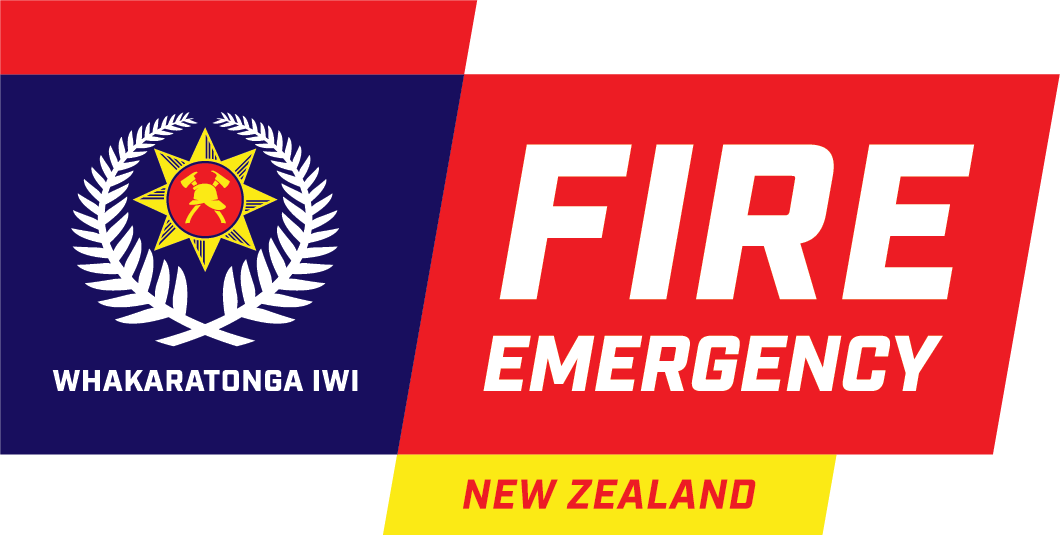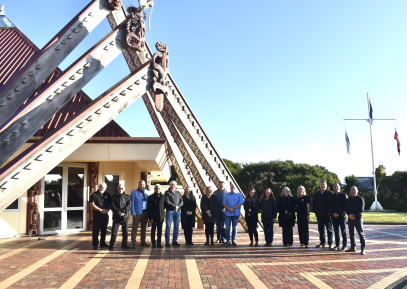“I take my hat off to them”
Devastating fire returned this April to the Awarua-Waituna Wetland, east of Bluff. This is the eighth time since 1985 that a significant bush fire has ravaged the area. One of the last ones in 2018, destroyed 1,300 hectares. 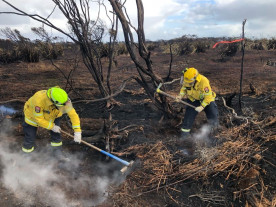
Similarities between the fires are clear, with the presence of bog and peat restricting ground access, and densely populated manuka fueling the spread. However, one impactful difference during April’s operations was the involvement of local iwi.
The Awarua-Waituna Wetlands are interconnected with the local rūnaka (iwi authority) as there are many urupā (burial grounds) and wāhi tapu (sacred sites) where their tīpuna (ancestors) are buried.
Kaiwhakahaere (chairperson) for Te Rūnaka o Awarua, Dean Whaanga, said the difference in iwi involvement between the 2005 fire and the April 2022 fire was huge. “We were being acknowledged as tangata whenua. Nothing like this has happened before”.
“We were engaged right from the beginning. I received a call shortly after the fire started and was asked if there were any sites of cultural significance that Fire and Emergency should be aware of”.
Dean said they received daily updates on the progress of the fire, and he was given the opportunity to speak to the media about the cultural significance of the land.
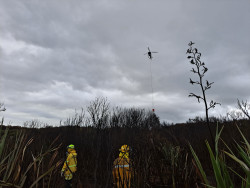
Representatives from Te Rūnaka o Awarua were invited to view the scope of the 1,350-hectare fireground from a helicopter, and to observe the team debrief.
“Being able to meet the firefighters on the ground made us feel like we were a part of it. The area is so special to us, and we wanted to acknowledge the firefighters who were putting their lives at risk to save our whenua, kanohi ki te kanohi, face-to-face. The fire conditions had been terrible, and I take my hat off to them”.
Region Manager Mike Grant said that good relationships established and nurtured over years were key to involving Te Rūnaka o Awarua’s representatives early in the response to the fire. “As mana whenua, Te Rūnaka o Awarua are kaitiaki (guardians) for these valuable wetlands and it’s kia tika (the right thing to do) to invite them to work with us. Having the relationships in place gives us a good basis for involving mana whenua early and being able to work together in the most difficult of times.”
The future is in the hands of our leaders.
Fast forward two months and the Southland District Leadership team met in Bluff for a two-day wānanga (workshop) at Te Rau Aroha Marae, our country’s most southern marae. The purpose of the wānanga was to give the leadership team a greater awareness of local and national history and the impact historical events have had on Māori.
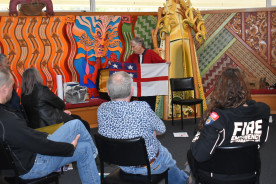
The team learned facts about major events in our history that were rarely taught in school.
“New Zealand's history was represented quite differently to me as I grew up. This was a very enlightening session for me and has certainly opened my eyes.” - Kirsten Hoyle, Senior Advisor, Community Readiness and Recovery, Southland.
Mike Grant said he was extremely pleased to see Te Kei’s district leadership teams’ commitment to growing their cultural understanding and capability. “Through both the recent fire and their wānanga they have made significant progress to strengthen their relationships with our mana whenua”.
Dean Whaanga joined at the end of the second day to pay his respects to the group and their efforts during the Awarua-Waituna Wetland fires. “Your kōrero (conversation) today about the past, the present and what the future looks like is so important as it helps to get us to kotah
itanga (unity) where we can work together to look after our land and make Aotearoa a great place.
“We are so thankful for those calls we received early on during the fire, and the daily updates. Over the years we’ve lost so much of that wetland, making what’s left of it that much more important to us. Involving us in the way you did gave us the opportunity to make sure we were upholding our kaitiaki (guardianship) responsibilities [for the land]. In my mind the relationship we had with you was outstanding.”
National Manager Kaupapa Māori, Piki Thomas, closed out the wānanga with these parting words to the leadership team, “My hope is that these two days have planted a seed in you, regarding the importance of partnering with Māori, as Fire and Emergency can only create safer communities with them. I want to acknowledge the leaders in this room – the future is in your hands”.
